





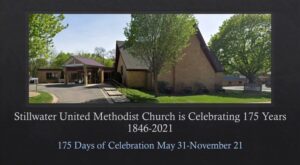
CONGRATULATIONS ON AN OUTSTANDING 175TH ANNIVERSARY!
Welcome to the 175th Anniversary Celebration "Did You Know" Series!
All of the questions from throughout the 175 day celebration are below.
Did you know?
In 1846 J.W. Putman was the first Methodist missionary to the St. Croix Valley. He preached to the lumbermen all along the river including Stillwater.
In 1852, the Methodist began using a little frame schoolhouse on the west side of Third Street. The Methodist alternated weeks with the Baptist.
Reverend T.M. Fullerton (1853-1860) located, on leave, from the West Wisconsin Conference.
He was a prominent layman and supply pastor.
However, in 1853 when the pastor assigned to the St. Croix Valley charge left early, Rev. Fullerton was asked to take oversight until the next conference.
While in residence, he preached 150 sermons in Stillwater and 39 at Baytown and Oak Park Heights according to one of his letters. Rev. T. M. Fullerton was the person mainly responsible for the erection of a church home. In general, he kept the church afloat. Rev. T. M. Fullerton seems to truly have been the “iron man” of early Methodism in Stillwater.
In 1854, the First Methodist Episcopal was built on Myrtle Street.
It sat behind the Sawyer House where the Lowell Inn now sits.
During 1869, plans were made to build a larger church building.
In November 1870, the new building on N. 3rd Street, across from where Trinity Lutheran now sits, was dedicated.
The Gazette printed: "The church according to its size is probably the handsomest in the state."
"The floors are covered with rich carpeting, and the whole interior is tasteful and elegant."

The first mention of a women's organization was in 1870. The Ladies Society Festival raised $375 to furnish the new church. That was a great deal of money in 1870. One can assume that this is the group that was later called the Ladies Aid, then WSCS -Women's Society of Christian Service and eventually UMW - United Methodist Women.
The Stillwater charge was yoked with various neighboring gatherings or churches and this changed often. In 1869 it was Stillwater, White Bear Lake, and Soule's Settlement (Houlton, Wisconsin) The minister was not present each Sunday, but traveled between communities.
The pastor's salary was often estimated at $1,000. for the year, but seldom paid in full. At the Second Quarterly meeting in1869 it was noted that the amount paid to the pastor was Stillwater - $211.32, White Bear Lake $8.25, and Soule's Settlement - $11.90

This pump organ was purchased in 1874 for the new Methodist Episcopal Church. It was used in both the Third Street church and then moved to the Fourth Street Church. After serving it's time, Elvera Conley, a member of the church, purchased the organ and it resided in her living room for many years. She later donated it back to our congregation as a visible piece of our history.

In 1881 construction began on the First Swedish Methodist Episcopal Church. This building was on the northwest corner of Myrtle and Fourth Street. (What is now a parking lot for Trinity Lutheran Church.) By 1883 the building was completed and a dedication ceremony was held.
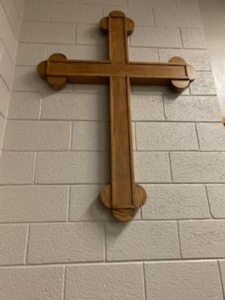
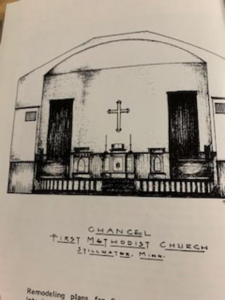
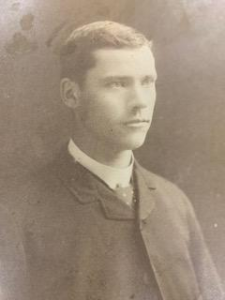







Len Evans made each of the shields after visiting the Upper Room in Nashville, Tennessee. The large shield represents Jesus Christ and each of the 12 smaller shields has symbols to represent one of the disciples. They can now be found in the hallway going to the Wesley Room.
Doreen Miller introduced liturgical dance to our worship beginning in the 1970's. She taught her dance techniques to many of the youth and young women. Doreen continued dancing well into her 80's.

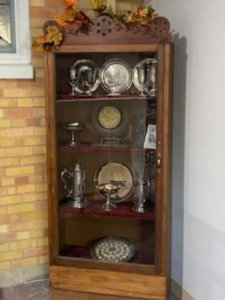
This Heritage Case was built by Len Evans to display communion plates, chalices and other items used in the early years of our church.

The new bells came in 1998. A new organ was purchased in 2004 and the pipes were added later that same year.
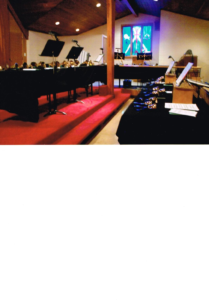

As we move into the future, our church has embraced the idea of Wrapping All People in God's Love!
